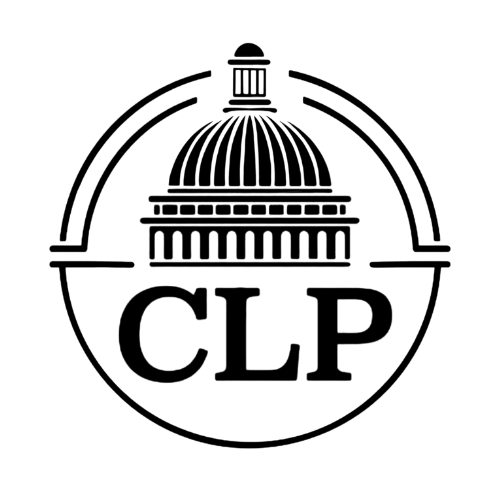· Immigration · 2 min read
Mastering the EB-2 NIW: Building a Strong and Convincing Petition
Strategies and key evidence to craft a persuasive EB-2 NIW petition and avoid common pitfalls.

Overview
The EB-2 National Interest Waiver (NIW) allows advanced-degree professionals or individuals of exceptional ability to self-petition for U.S. permanent residency by proving their work serves the national interest. Unlike other employment-based visas, it bypasses the labor certification process—but requires a highly persuasive petition.
Key Evidence to Strengthen Your NIW Petition
Impact on the Field or Industry
Explain how your work advances your domain—e.g., new treatment protocols adopted by hospitals or a cybersecurity tool cutting breaches by a measurable percentage.
Publications and Citations
Provide a list of peer-reviewed articles, books, or chapters, plus citation metrics or course adoptions to underscore your influence.
Testimonials
Secure letters from colleagues detailing your expertise, achievements, and the significance of your contributions.
Expert Opinion Letters
Obtain independent expert attestations to the national importance and impact of your work.
Collaborations and Partnerships
Highlight joint projects with U.S. government agencies, universities, or industry leaders (e.g., NASA, national labs).
Contributions to the U.S. Economy
Illustrate job creation or business growth via detailed business plans, financial projections, and hiring estimates.
Addressing Critical U.S. Needs
Show how your work tackles essential national challenges—healthcare, technology, sustainability, etc.
Media Recognition and Public Awareness
Include press coverage, interviews, or awards that demonstrate national-level acknowledgment.
Patents and Licensing
Showcase granted patents and licensing agreements commercializing your innovations.
Affiliation with U.S. Institutions
Emphasize roles at U.S. universities, research organizations, or memberships in bodies like the National Academy of Sciences.
Demonstrate Qualifications
Detail specialized training, certifications, and unique skills positioning you to advance your project.
Documentation of Previous Successes
Present case studies, awards, and grant reports validating past outcomes and impact.
Provide Evidence of Feasibility
Supply proof-of-concept data, pilot results, or preliminary outcomes supporting viability.
Resource Allocation
Describe secured funding, equipment, facilities, and team members dedicated to your project.
Risk Management
Outline potential risks and your mitigation strategies to demonstrate preparedness.
Measurable Outcomes
Define performance indicators, benchmarks, or milestones to track progress and demonstrate success.
Common Pitfalls to Avoid
Lack of Specificity
Avoid vague language—use concrete examples and quantifiable data.
Insufficient Evidence
Ensure every claim is backed by documentation (publications, awards, certifications, etc.).



